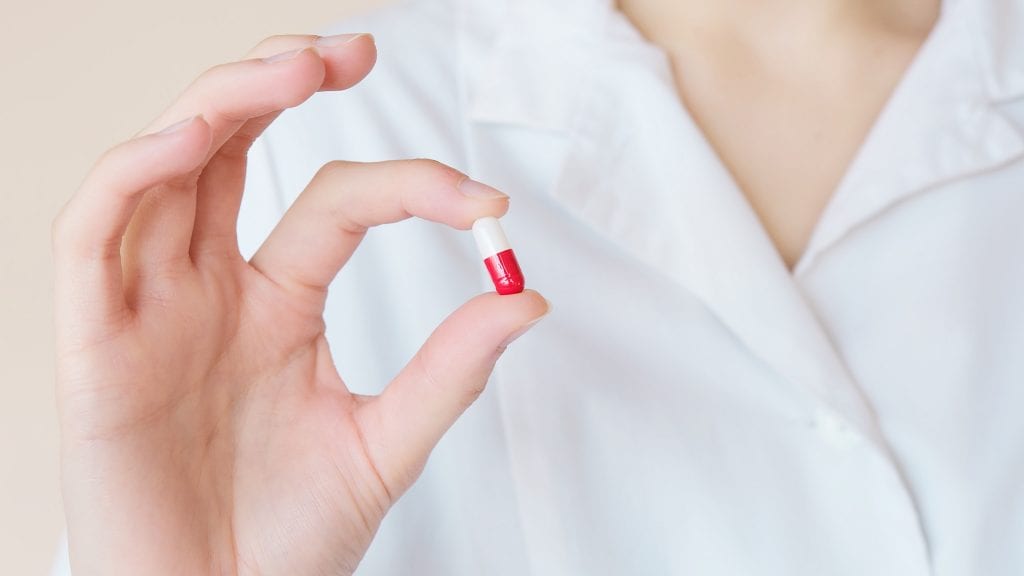Pain is a universal human experience, and managing it often involves the use of medication. However, while pain relief is crucial, the use of certain pain medications can sometimes lead to unwanted side effects, including gastritis. Gastritis refers to the inflammation, erosion, or irritation of the lining of the stomach. The connection between pain medication and gastritis is an important consideration for anyone seeking relief from pain while safeguarding their digestive health.
Types of Pain Medication and Their Impact on Gastritis
1. Nonsteroidal Anti-Inflammatory Drugs (NSAIDs):
NSAIDs, such as aspirin, ibuprofen, and naproxen, are commonly used to relieve pain and reduce inflammation. However, they can also cause irritation in the stomach lining. Prolonged or excessive use of NSAIDs can disrupt the stomach’s protective barrier, leading to gastritis or even ulcers.
2. Acetaminophen – Also known as Paracetamol
Acetaminophen is another common pain reliever, often considered safer for the stomach compared to NSAIDs. While it typically causes fewer gastrointestinal issues, large doses or prolonged use may still lead to some stomach discomfort or irritation.
3. Opioids:
Prescription opioids like oxycodone, hydrocodone, and codeine are potent pain relievers. They are less likely to cause direct irritation to the stomach lining compared to NSAIDs. However, opioids can slow down digestion, leading to constipation, which might exacerbate existing gastritis symptoms.
Impact of Pain Medication on Gastritis
Increased Risk of Gastritis and Ulcers: NSAIDs, especially when used frequently or in high doses, can compromise the stomach lining’s protective layer, leading to gastritis or ulcers. This risk is higher for individuals with a history of stomach issues.
Aggravation of Existing Gastritis: If someone already has gastritis, the use of certain pain medications, particularly NSAIDs, can exacerbate the condition, causing increased pain, bleeding, or other symptoms.
Symptom Management: Pain medication may provide relief from discomfort associated with gastritis, but the choice of medication should be made carefully to avoid worsening stomach inflammation.
Mitigating Risks and Managing Pain
Consult a Healthcare Professional: Before starting any pain medication regimen, especially for chronic pain, consult with a healthcare provider. They can suggest safer alternatives or ways to mitigate the impact on the stomach.
Use Medications as Directed: Stick to the recommended dosage and duration prescribed by your healthcare professional. Avoid self-medicating or exceeding the prescribed limits.
Consider Alternatives: In some cases, non-medication approaches such as physical therapy, acupuncture, or heat/cold therapy can help manage pain without the risk of exacerbating gastritis.
Protective Measures: If NSAIDs are necessary, using protective medications like proton pump inhibitors (PPIs) or H2 blockers under medical guidance can help reduce the risk of gastritis or ulcers.
Monitor Symptoms: Stay vigilant for any signs of stomach discomfort, pain, or bleeding while taking pain medications. If any adverse symptoms occur, consult a healthcare professional immediately.
Conclusion
While pain relief is crucial for maintaining a good quality of life, the impact of pain medications on stomach health, specifically gastritis, should not be overlooked. Being informed about the risks associated with different types of pain medications and working closely with healthcare professionals can help strike a balance between managing pain effectively and safeguarding digestive health. The key lies in making informed choices and seeking guidance when navigating the complexities of pain management, especially in the presence of gastritis or other stomach-related conditions.
For more natural pain relief options – see this post – Alternatives to NSAID’s
